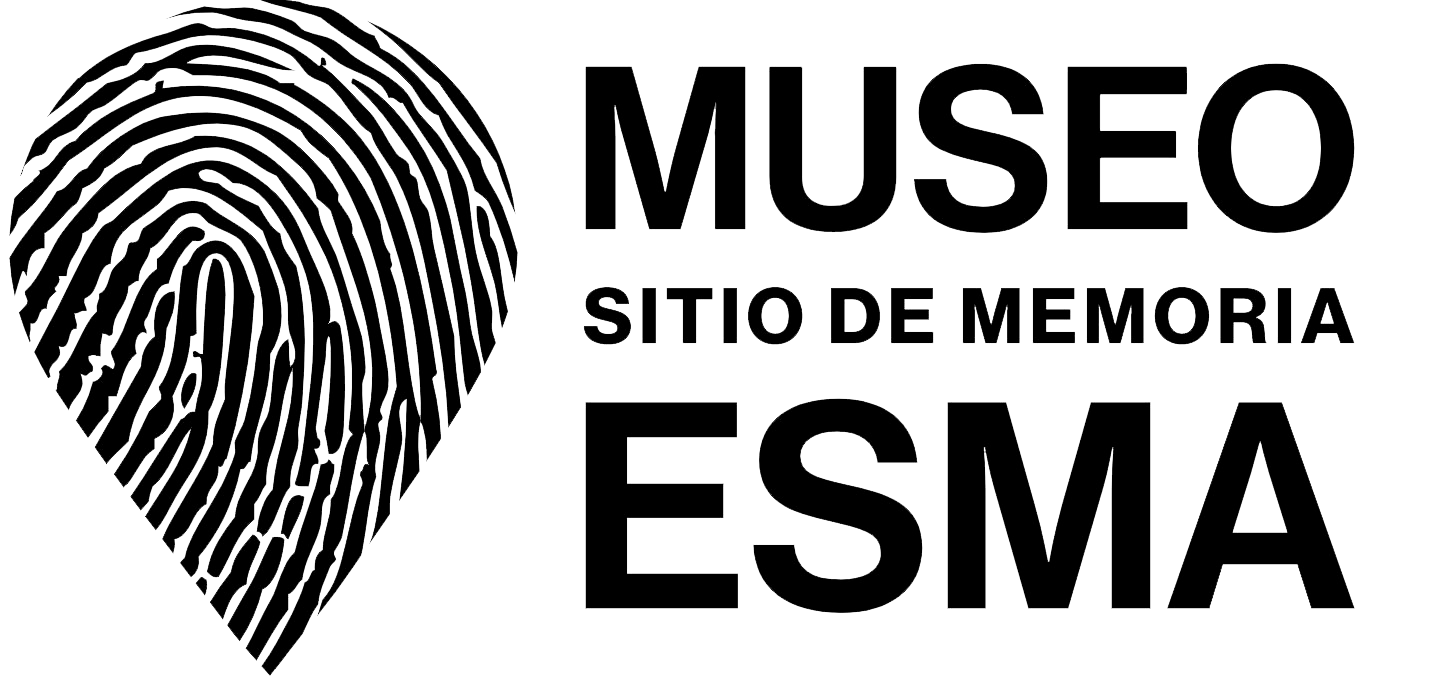Safeguarding the memory of atrocities
Por Alejandra Naftal para Sunday News (Sudáfrica)
March 24 marked the 45th anniversary of the military coup d’état that began a civil-military dictatorship of extreme characteristics that implemented state terrorism based on the enforced disappearance of people and other crimes that today we characterise as crimes against humanity.
The last Argentinian civil-military dictatorship, between 1976 and 1983, left a balance in our country of 30 000 detainees and disappeared people, thousands of exiles and political prisoners, more than 600 places of illegal and clandestine repression. More than 500 children were born in captivity who today are men and women we are still looking for. It left a devastated economy.
One of those concentration camps was the navy mechanics school (ESMA), where today the ESMA Memory Site Museum stands, a former clandestine centre for detention, torture and extermination, where nearly 5 000 men and women were detained and disappeared. Most were thrown alive into the sea in what is now known as the “flights of death”.
At ESMA, the navy planned kidnappings and carried out systematic killings, kept prisoners hooded and shackled, tortured and then disposed of them. Children were also born in captivity who were separated from their mothers.
The “Museo Sitio de Memoria ESMA” (Esma Memory Site Museum), was inaugurated on May 19, 2015, and is the result of more than 40 years of the Argentinian people and the movement of human rights organisations.
Today the museum has been installed in Argentinian society as a space for remembrance, homage, education, transmission and denouncement of state terrorism in the strengthening of a culture of “Never Again” and of democracy.
On December 9, 2015, just a few months after the reopening of the museum, the Argentine state presented to Unesco a request for the institution to become part of the tentative list of the World Heritage programme.
The objective is to be able to give international visibility to the crimes against humanity committed by the dictatorship and to the exemplary justice process achieved in the country, with its advances and setbacks through all these years.
But also, it is an opportunity to safeguard this space. These battles for the senses of the past that challenge the present are never won forever and the only antidote is to keep memory alive in an intergenerational dialogue that is gradually revised and revised. It is resignified according to the demands of each present.
In a short time, our proposal was accepted, and a long journey of work began around the file to present the Argentinian candidacy. An interdisciplinary technical team was formed, as recommended by Unesco. Since then, we have been working tirelessly, with the aim of completing all the intermediate steps of evaluation, consensus and dissemination, and to submit the file in September before the Unesco Heritage Committee.
A first advance of this file has already been approved by the Argentinian Committee, made up of the ministries of Culture, Education, Environment, Sports and Tourism and Foreign Relations of Argentina.
In the case of Robben Island, which symbolises the Struggle against apartheid, it was incorporated into the World Heritage List in 1999.
Among the many considerations requested by Unesco is to offer a balanced and truthful version of historical events, and the verification that the proposed cultural property is not only a relevant testimony for the country or the region but also has an exceptional universal value.
We promote the candidacy of the Esma Memory Site Museum, understanding that it is a property that represents the complex crime of the disappearance of people and a unique testimony of social consensus as a means to achieve justice.
Within the framework of the Month of Memory, we will continue working to achieve the support of the community with activities that involve different sectors, both national and international, with the aim of making our recent history visible, generating dialogues and reflections that contribute to the achievement of this challenge that crosses us in all dimensions as the state and society, always on the path of continuing to build more memory, more truth and more justice, fundamental pillars in our democracy.




